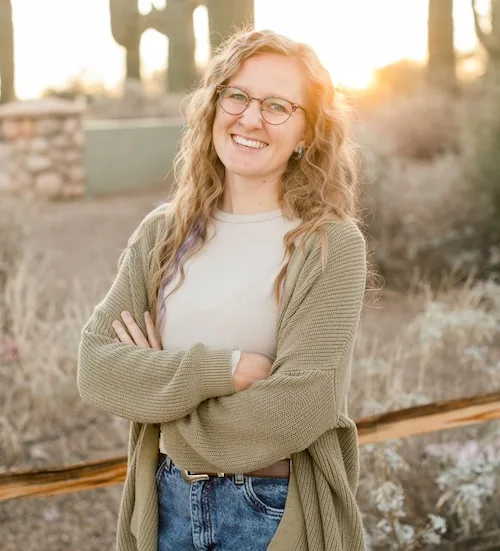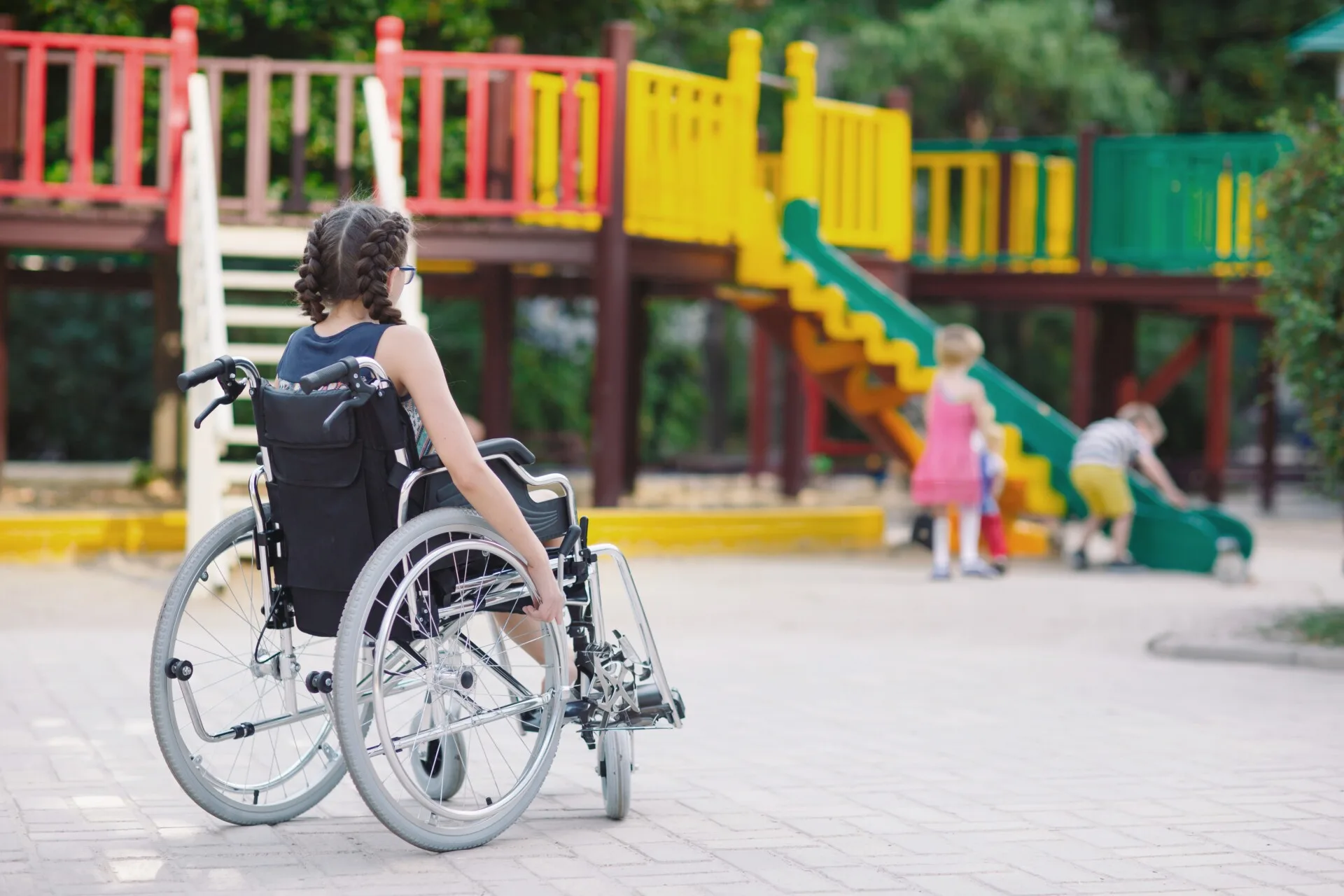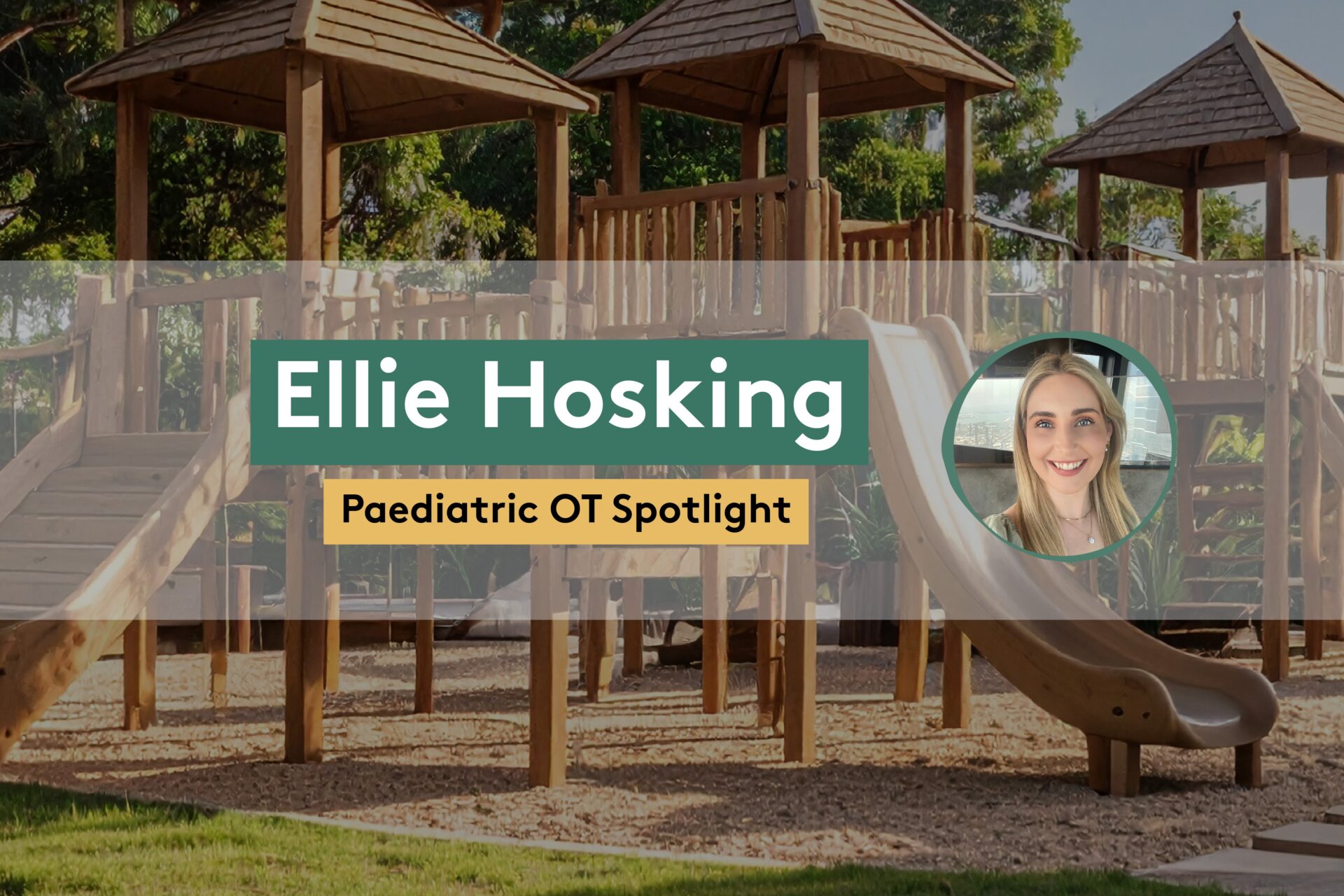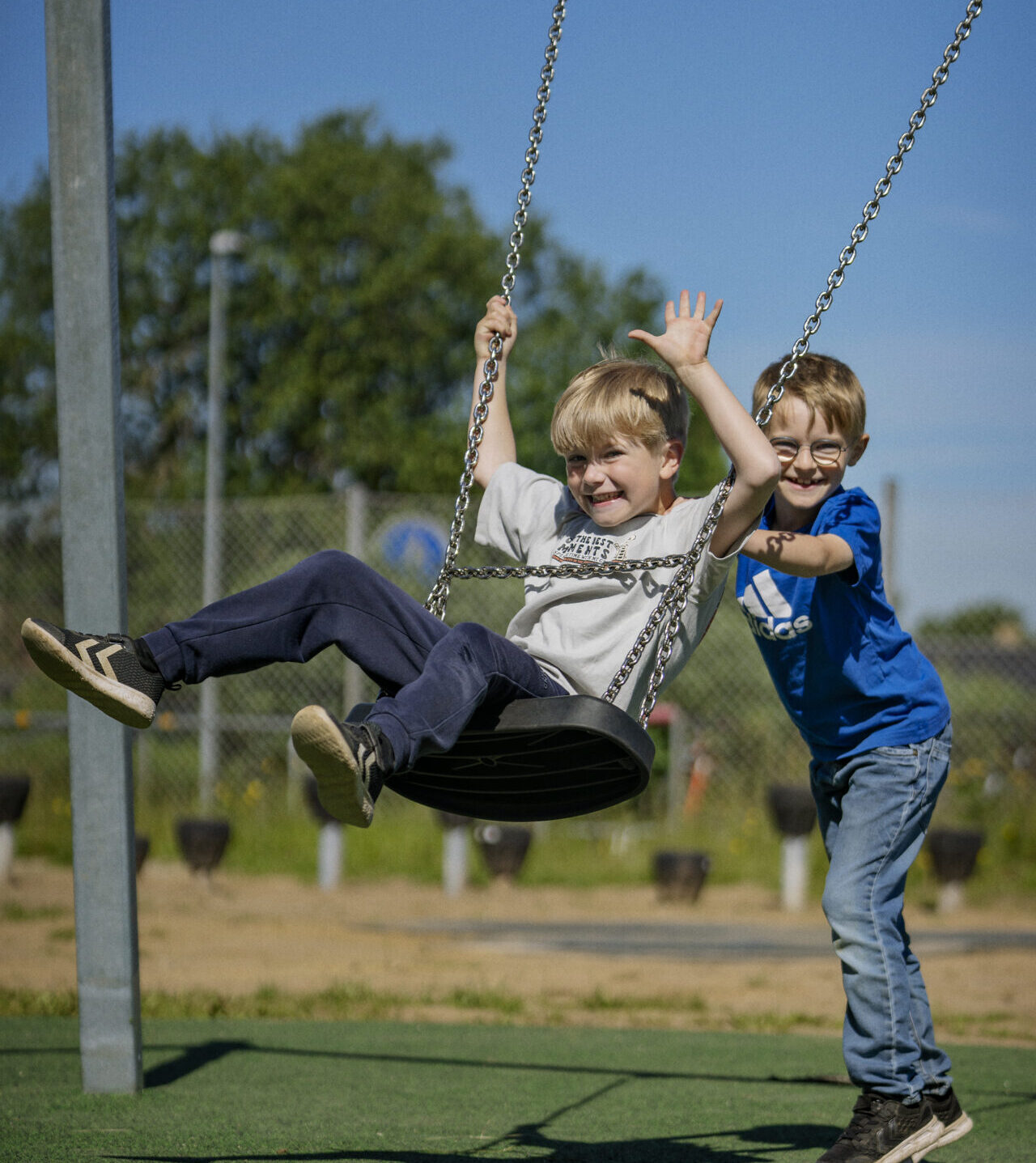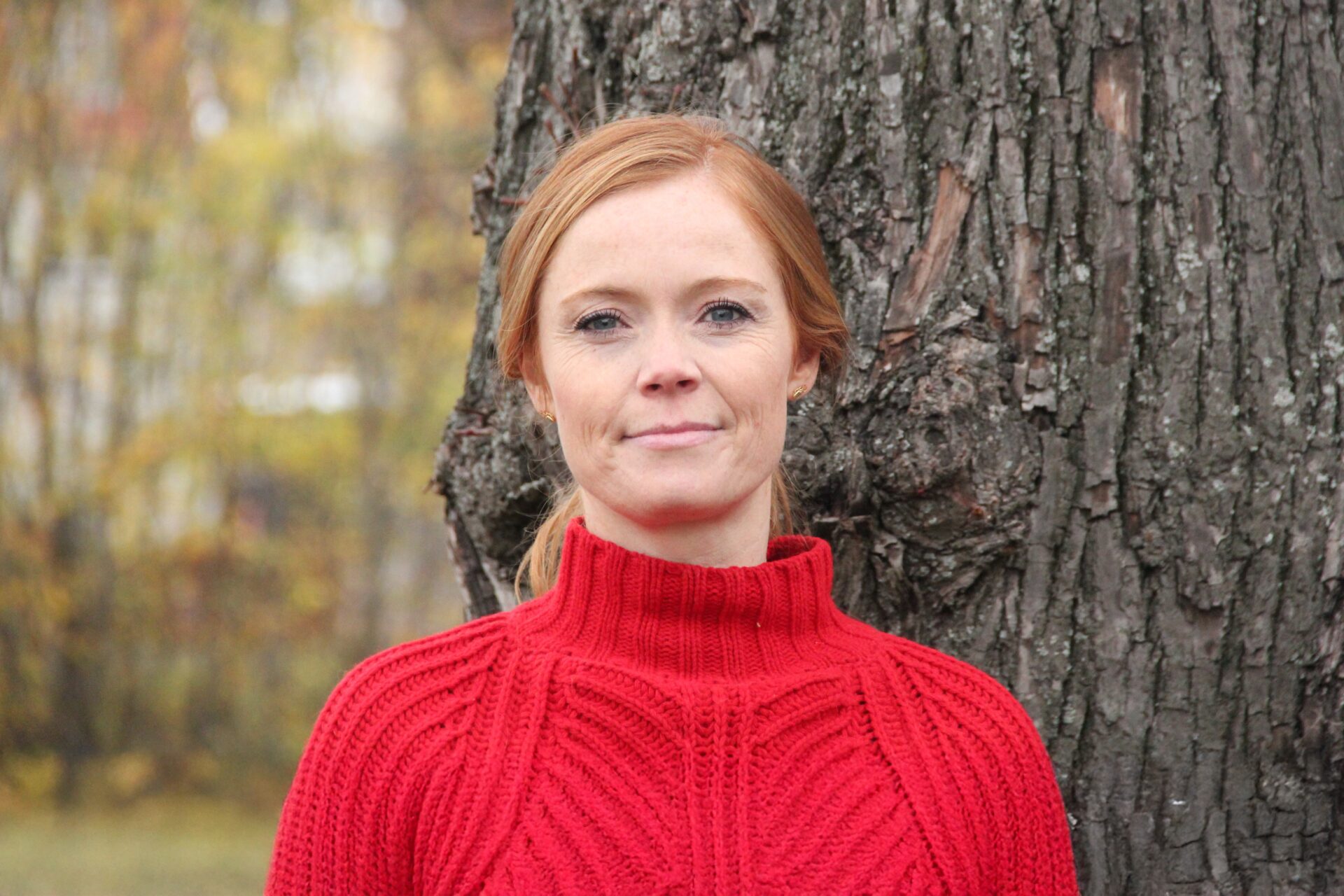Introduction
The United Nations identifies play as a right for all children. However, children with disabilities often face inequitable opportunities to engage with their peers, particularly in playground spaces.
In the United States (U.S.), guidelines to promote accessibility on playgrounds were established with the Americans with Disabilities Act (ADA), which includes Accessible Design Standards last updated in 2010.
This was a large step forward to promoting opportunities for all children to play. However, these standards only apply to planned playgrounds or those that are being renovated, meaning they don’t require any changes to older playgrounds. In addition, although the updated ADA standards set the stage for accessibility, they share little guidance to support inclusive play opportunities. It is not enough for school children to passively enter a play space – they need to be able to engage with the space and with others.
The Difference Between Accessibility and Inclusivity
Accessibility and inclusivity are often used synonymously. These terms, however, have different meanings and have different implications for the social and physical environment of a playground.
Accessibility indicates that a child can safely enter and navigate a play space while inclusion calls for children with disabilities to have opportunities to actively participate in the space with other children.
An essential component of inclusion involves children with and without disabilities engaging together in meaningful play. Accessibility of the playground is, therefore, an important precursor for fully inclusive opportunities.
What We Know about School Playground Accessibility
Researchers have studied park accessibility in the U.S., yet most work has focused on city or municipal playgrounds as the point of observation. The limited research conducted at the school level limits our scope of understanding about overall playground accessibility at a national level.
Our research group recently surveyed educators at 178 primary schools in the state of Arizona (U.S.) to ask about their perceptions of the accessibility of school play areas for students with and without disabilities.
We found that playgrounds and play fields were three times less accessible for students with disabilities compared to those without. Among lower-income schools specifically, educators reported that inaccessibility was three times greater for playgrounds and seven times greater for play fields for students with disabilities compared to those without.
As we work toward solutions to improve accessibility, we also must consider inclusion. As an example, we recently observed a school child using a wheelchair following friends as they made their way to the playground. The child has one access point to the play structure, but upon making it to the area surrounded by wood chips, they could only stop at the edge of the sidewalk and watch as their peers continued on. While the child found another activity on the basketball courts, many children with disabilities share this experience.
Taking Action in Your Community
Approximately 73% of schools in the U.S. were built before 1969, and while many playgrounds have been renovated since their introduction, there are still many that may not meet guidelines due to funding or lack of perceived need.
Resources such as the ADA Checklist and the Child Community Health Inclusion Index are tools for evaluating the accessibility and inclusion of a play space. These resources can be used to identify areas of need to support requests for federal and private grant funding. Despite being Arizona-fosued, our Guide to Therapeutic & Inclusive Recreation Programming provides further information on school resources to support accessibility and playground inclusivity.
When visiting parks and playgrounds, we should consider whether a person with a variety of disabilities could access the space and actively use it. If not, begin conversations with our schools or communities to identify ways to promote accessible and inclusive play for all.
When planning for playground renovations or builds, including children with disabilities can be an important solution to improving accessibility and inclusion. When children can participate in the (re)design process, administrators and decision-makers can identify the specific needs of the students with disabilities within their school communities, and playground development then begins to take the shape of play from those whose perspectives matter most.
Allison Poulos is an Assistant Professor in the College of Health Solutions at Arizona State University, splitting her time between the Exercise and Nutritional Sciences and Population Health programs.
Marissa Schulke is a PhD Candidate in the Exercise and Nutritional Sciences doctoral program in the College of Health Solutions at Arizona State University.
